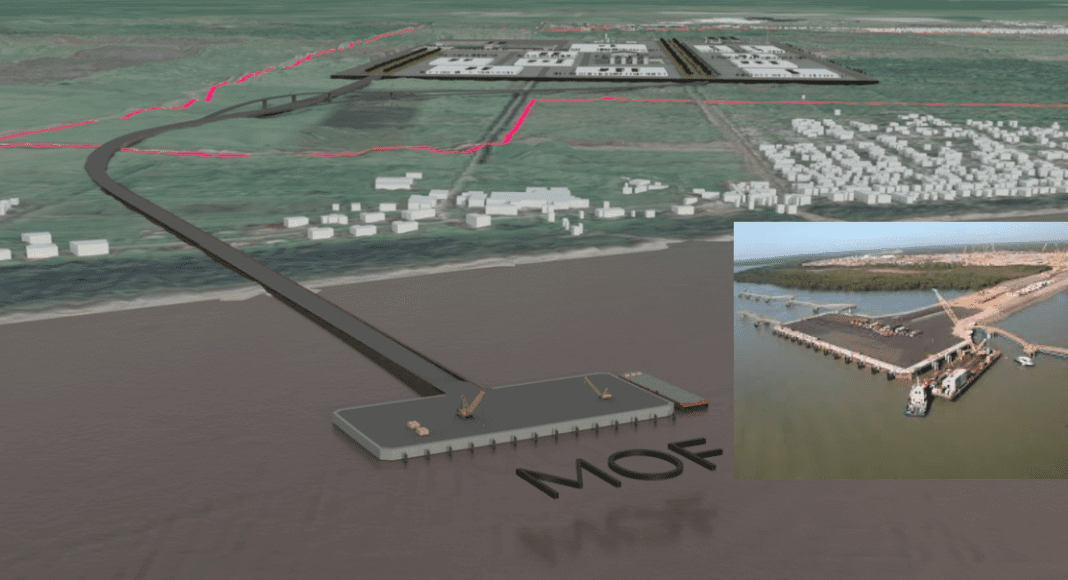As Guyana prepares for construction to commence later this year on the Gas-to-Energy project, former Director of Economics at the Caribbean Development Bank (CDB), Dr. Justin Ram said the country would do well to make sure its natural gas is not oversupplied and wasted.
Dr. Ram gave this advice during a webinar earlier this week, discussing his white paper on the landmark project which Guyana envisions will cut the cost of power generation for consumers by 50%.
“What we’re saying here is that this particular project really needs to be steeped in proper demand and supply analysis so that the contracts that are drawn up around the supply of gas, and then of course, with respect to the supply of electricity from using that gas… that we’re not going into a system where we’re oversupplying gas and therefore, wasting,” Dr. Ram said.
In his study, the experience of the African state of Ghana is presented. Despite the realities of Ghana as a much larger country with a more diversified market, the white paper posits that the challenges faced by Ghana can provide useful lessons for Ghana.
“In 2007, Ghana made a significant off-shore discovery of natural gas in the Sankofa field located 60 kilometres off-shore with the potential to support power generation. The project, according to the World Bank, was estimated to fuel up to 1,000 MW of clean power. In addition, the project was calculated to cut crude oil imports by 12 million barrels per year and cut carbon emissions by 1.6 million metric tons of CO2 annually.”
Notably, similar expectations precede Guyana’s Gas-to-Energy project.
Dr. Ram wrote that authorities in Ghana signed a take-or-pay power purchase agreement (PPA) with international companies, without the support of the awareness of consumer demand. This led to an oversupply of gas, and a bill of US$500 million for unused energy in one year.
“We’ve seen this in many jurisdictions…” Dr. Ram said, on the matter of oversupply. “So, we’re saying that [the Gas-to-Energy project] must be steeped in very good cost-benefit analysis and in good evidence-based policymaking.”
The economist also stressed the need to pay careful attention to the elaboration of fiscal and other incentives such as PPAs which, if not well articulated, can cause Guyana to be burdened by debts and limit value capture from the resources. At the same time, the white paper said that if PPAs are too restrictive, they can be a disincentive to investors and may not serve the interests of the country.
Guyana has reached agreements with ExxonMobil affiliate, Esso Exploration and Production Guyana Limited (EEPGL), for the supply of 50 million cubic feet of gas per day. The gas will be transported via pipeline to Wales on the West Bank of Demerara where the government envisions the establishment of a special industrial zone.
There will be a 300 MW power plant for the supply of 250 MW of power, and a natural gas liquids facility for the production of natural gas by-products. The government has invited investors to set up industries in the zone to utilize those by-products.




